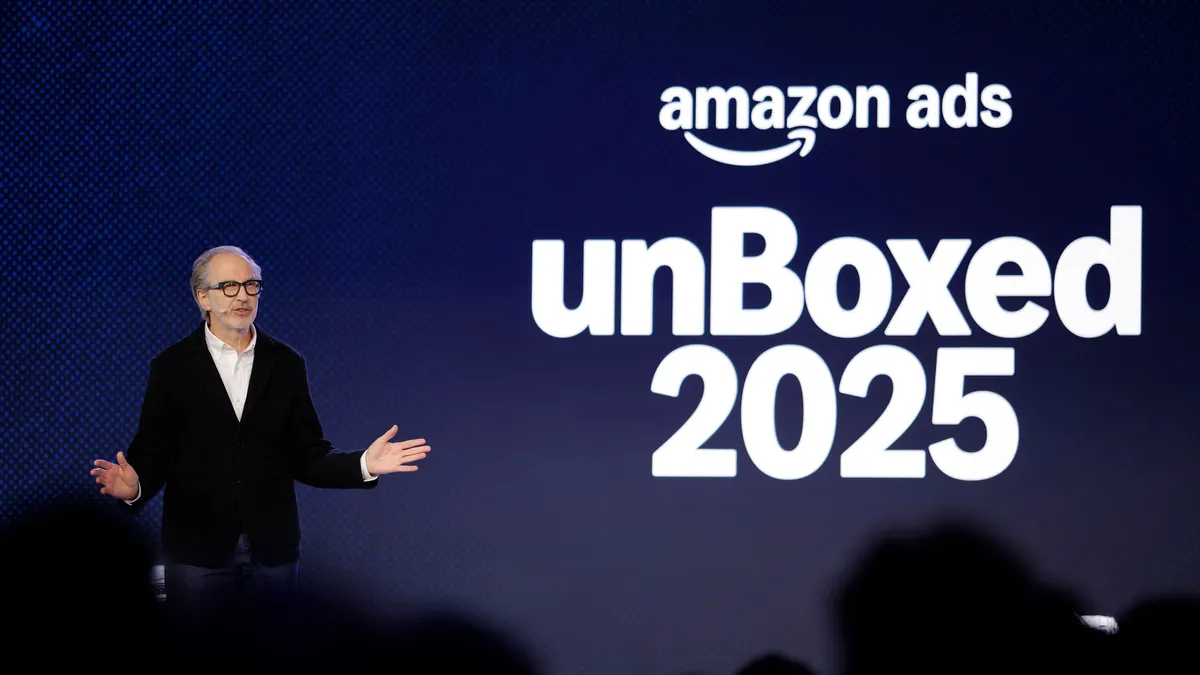Even as brand marketers continue to shift their investments from traditional channels to digital, TV advertising is still a $60 billion industry. At the same time, marketers are struggling more than ever to make sense of metrics to determine how effective their advertising is, especially when trying to bridge the traditional and digital media divide.
That was the case for Untuckit, a men's apparel company founded in 2010 that sells shirts that are designed to be worn untucked. To address the challenge of determining the efficacy of its TV advertising, Untuckit partnered with measurement and optimization firm TVSquared to measure its TV spots daily and optimize its campaigns regularly.
With the help of the vendor, Untuckit has seen its website bounce rate (the percentage of visitors who navigate away from the site after viewing only one page) collapse by up to 45% and cut its cost-per-response (CPR) by 30% in the last six months. In addition, the company has been experiencing a sales uplift up to an hour after a spot airs, and has been able to identify and reach a subset of female consumers that has been a surprisingly significant market.
"TVSquared allows us to look through the noise...to see which spots are working for us, which spots aren't working, which creative works for us, which creative works on which channels," Untuckit CEO Aaron Sanandres told Marketing Dive. "There's so much data and you can never use too much."
The challenges of multichannel campaigns
Part of the reason Untuckit wanted a deeper view into metrics stemmed from prior consumer perceptions — and misconceptions — of the company. After running focus groups in the winter of 2017, Untuckit found that current and prospective customers had hang-ups about their body types and feared that the company's shirts would not fit them. This led the company to launch its response-driven "All Shapes & Sizes" campaign earlier this year.
"We have 50 different sizing options — we can fit everybody," Sanandres said. "We wanted people to realize that we're a lot more inclusive as a brand than those perceptions."
For the multichannel campaign, which began in May 2018 and is still running, Untuckit launched ads across TV, radio, print, digital and catalog channels. On TV, the effort includes 15- and 30-second spots.
"TV happens to be a huge marketing channel for us," Sanandres said.
In the company's early days, Untuckit was able to calculate market attribution internally, monitoring website traffic gains when individual ads ran. With increased overall website traffic and the variety of marketing channels being utilized, this approach soon proved futile.
"Tracking some of the efficacy of those commercials and TV spends — which dayparts, which channels — becomes a lot more difficult when you've got five or six different marketing channels firing at once," Sanandres said.
Tracking traffic and making changes
Frustration with an attribution vendor that wasn't able to provide reliable insights led Untuckit to seek out TVSquared and its ADvantage platform. TVSquared uses a mathematical model — originally applied to analyze low latency trading on Wall Street — that detects signal anomalies in a noisy system, looking at all of a brand's web traffic and determining how much of it can be attributed to each individual TV spot.
"Most brands get 85% to 90% of their daily traffic through search and direct type," said TVSquared's Chief Strategy Officer Kevin O'Reilly. "It's a big unknown where that traffic comes from."
TVSquared's platform helps brands determine how much of that traffic comes from broadcast TV — not in aggregate, but by the specific spot. That data can then be broken down by network, creative, length of creative, daypart, region and cost.
"Suddenly, you're looking at a direct performance metric base for the impact TV has," O'Reilly said.
Brands can analyze any group of dimensions, comparing, say, ads that ran on a Saturday morning on ESPN in Florida versus ones that ran on a Thursday afternoon on E! in Los Angeles, to determine the most efficient way to reach customers. And because the models run continuously, brands have next-day perspective and are able to change their TV advertising strategy quickly.
For Untuckit, that's opened up deeper collaboration and more granular control over campaign planning. Along with making smaller updates on a weekly basis, Untuckit basically “starts over” each month to pair the right TV spots with the right audiences that both respond and convert.
"The analytics only get you so far," said O'Reilly. "The ability to act quickly is the real value of the insight."





















